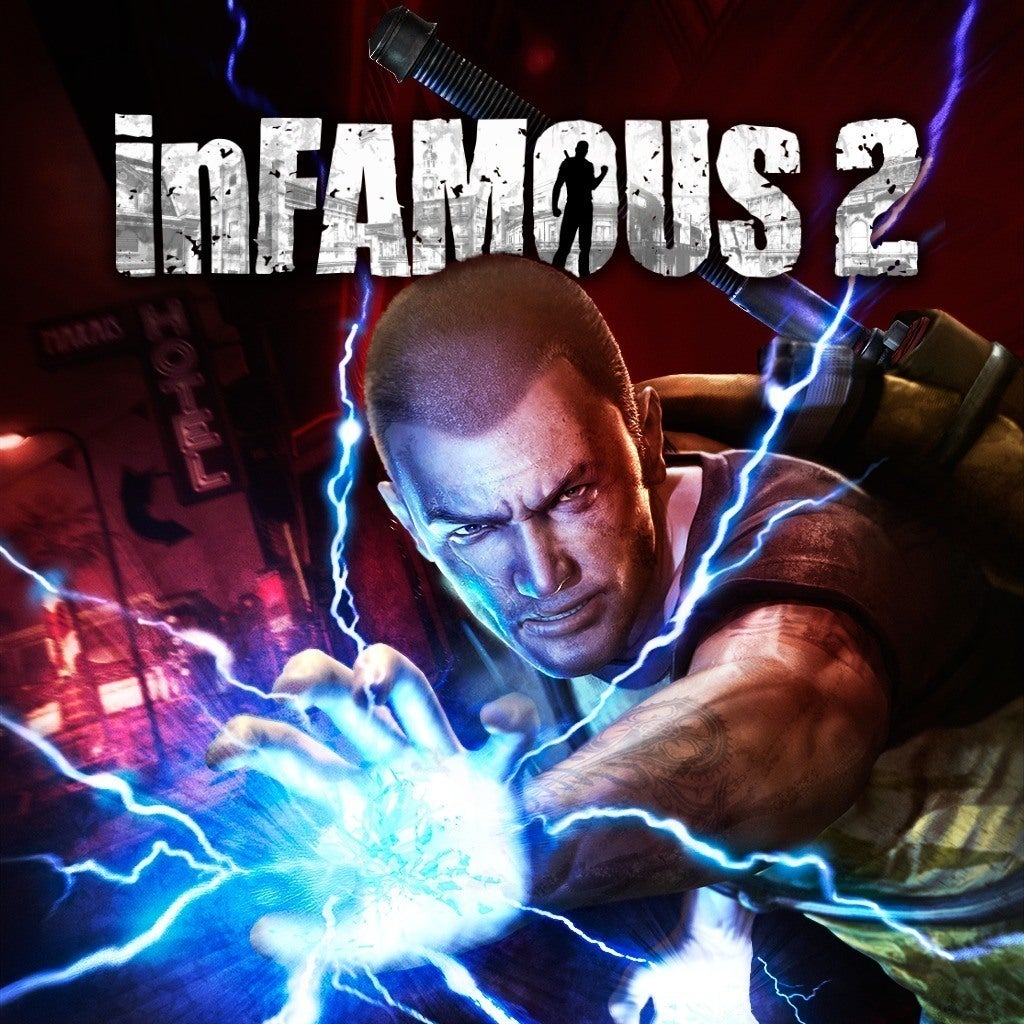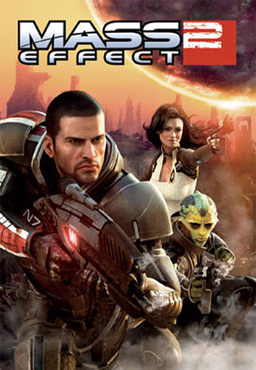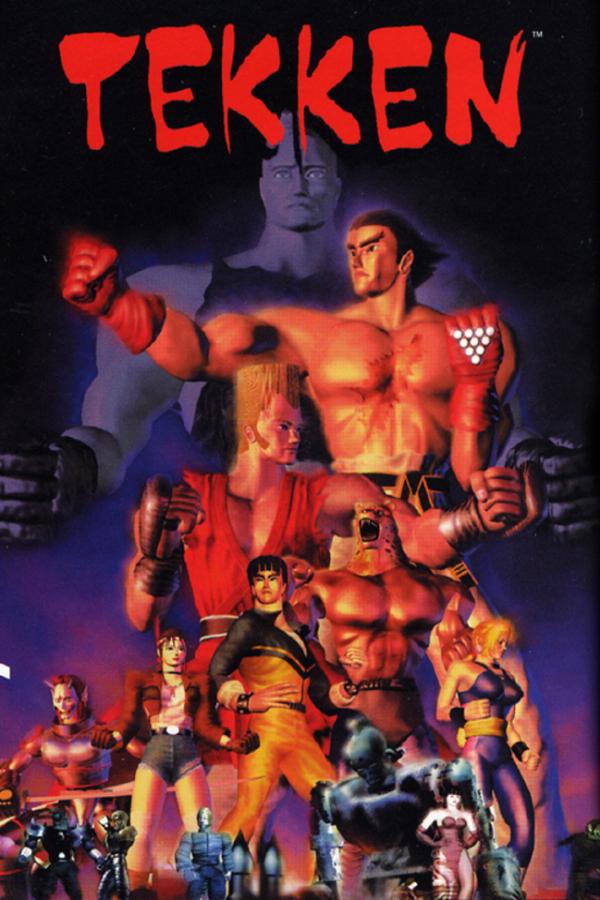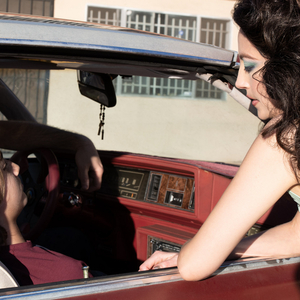In 1997, Ken Levine and Co. decided to split Looking Glass Studios and founded Irrational Games, where they would develop the sequel to System Shock. It was an FPS based around a futuristic take on brutalist horror. However, their lead publisher, Electronic Arts, would reject multiple versions of the game until Irrational hired Bill Gardener as lead level designer on their next inquiry. Gardener would create a mechanical basis of SS, including elements from Capcom’s Resident Evil 4. Thus, Bioshock was born. Nevertheless, to understand how great this game was, we must analyze the gameplay, visuals, and art style.
Like System Shock, it presents itself as a combination of an FPS with RPG elements. All under the mechanisms of the 50s aesthetic. For defence, you are restricted to weapons and plasmids. Plasmids are magic-based powers gained by drinking tonics throughout the game. A lot of them are just alternatives to ranged combat, with only a few, like the ice and tornadoes, being more like assists for the player to get in more damage. Like I said, the plasmids are heavily chip-based but very unique once you get into the bees and security bullseye. Looking a little deeper, the only problem I have with the game’s playability is the movement and opportunities for bosses. Principally, Bioshock is well known for its ability to float your character through the screen smoothly. But oddly enough, the smoothness of the combat (when looking down sights) works to the detriment of the player to the point of adding an extra level of difficulty. There are only a few bosses, with them mainly being regular enemies that are just a tad more spongy, aside from the last boss.
In refutation, long-time fan of the series Skovian Schiem believes the gameplay is clunky and at times lacking dynamics, “The gunplay/weaponry in general seems like something is lacking. Doesn’t seem particularly tight and polished.” They continue by explaining further, “I’m not sure what it is, and the only other FPS I’ve been playing as of late (for comparison) has been the Metro series, which I really get into the shooting of.”
The art style is a combination of darker colors, with a few spots of neon lighting, breaking up the music needed throughout the game. A lot of the article is usual 50’s steampunk with a lot of basic mechanisms. It sort of captures the horror-esque atmosphere of Batman: Arkham Asylum, which does a masterful job at also pursuing an action-packed approach to gameplay and the story without feeling juxtaposed.
Member of the Bioshock Subreddit, known on the internet as “Scrawny Spectre,” remarks that he loved the aesthetic of the game, “The Art Deco style of the first game which was and is fairly unique amongst games.” Spectre also mentions, “ I adore the Art Deco aesthetic, so Bioshock has always been one of the most visually interesting games…”
Bioshock really impressed me with the smoothness it brought to the table, even on PS3 hardware. Most games during that era used lighting as a way to hide lower-quality assets, or ones that were flat. Bioshock does the same, but they use the movement and speed of the game (in and out of combat) to almost dilute any obvious lack in topology. However, the enemies can sometimes feel a little low-poly, but they become better quality once cutscenes are triggered, so it doesn’t matter that much.
Overall, Bioshock is a true piece of art that captures a bunch of aspects in art and its story that left me in awe the first time and continues to do so when I replay it. It is probably one of the strongest titles in the FPS genre and in 2K’s catalogue.





![[Review] Bloodywood - Nu Delhi](https://fohssignal.net/wp-content/uploads/2025/05/Nu_Delhi.jpg)
![[Review] Tool - 10,000 Days](https://fohssignal.net/wp-content/uploads/2025/05/10000Days.jpg)
![[Review] Baroness- Gold and Grey](https://fohssignal.net/wp-content/uploads/2025/05/a0534473864_16.jpg)






